The Three Biggest Issues Facing Nonprofits in 2025
Each year in December, Independent Sector produces its “Health of US Nonprofits,” attempting to looking into the future of the next year. Linked HERE. And while there is always a “warm” feeling about philanthropy, the 2024 report on the health of the U.S. nonprofit sector highlights three critical challenges nonprofits must navigate in 2025: financial sustainability, workforce dynamics, and public trust.
1. Financial Sustainability Under Strain
Nonprofits are experiencing declining revenues due to reduced charitable giving. Between 2022 and 2023, individual donations—the largest revenue source for nonprofits—dropped by 3.4%, continuing a multi-year downward trend. Similarly, donor retention fell by 2.5%, signaling a shift in donor behaviors and economic pressures. While new donors increased slightly (by 2.3%), overall donor participation has declined since 2020.
This financial strain is compounded by rising inflation, which erodes the purchasing power of nonprofit budgets. As nonprofits struggle to maintain operations, organizations relying on small donations and program revenues must innovate to stabilize funding. Advocacy efforts aimed at expanding access to charitable tax deductions for all Americans could incentivize individual giving and help alleviate the funding gap.
2. Workforce Recruitment and Retention Challenges
The nonprofit sector employs 10% of the private workforce, yet it faces significant recruitment and retention issues. Nearly half of nonprofit workers earn wages below the "Asset Limited, Income Constrained, Employed" (ALICE) threshold, leaving them unable to meet basic needs despite full-time employment. This financial vulnerability disproportionately affects minority groups, further exposing inequities in the sector.
Additionally, nonprofits often lack the resources to compete with the private sector in offering competitive wages and benefits. The skills that nonprofit professionals develop are easily transferable to industries outside of the philanthropic realm. As such, the adage “you get what you pay for” is essential for nonprofit organizations to understand to attract and maintain key leadership to overcome challenges in 2025.
3. Erosion of Public Trust and Governance Gaps
Public trust in nonprofits remains higher than in many other sectors, but it has declined since its peak in 2020. In 2024, only 57% of Americans expressed high trust in nonprofits, and perceptions of nonprofits’ ability to address societal divisions and promote positive change have also diminished. Trust is further eroded by incidents of fraud and a lack of transparency in some organizations.
Nonprofits must prioritize ethical operations, transparency, and responsiveness to community needs. Strengthening governance practices and adopting measures such as ethical certifications can help rebuild trust. Furthermore, efforts to diversify nonprofit boards and leadership can enhance credibility and align organizations more closely with the communities they serve.
As nonprofits approach 2025, addressing these challenges will require strategic innovation, robust advocacy, and deeper engagement with stakeholders. By improving financial resilience, investing in workforce, and reinforcing public trust, the sector can better navigate its complex operating environment and continue to fulfill its vital role in society.
Funny… these three issues are found throughout the “Around with Randall” podcast and “Writings by Randall” blog. While not novel, dealing with these concerns may be the formula for some nonprofits to no only success, but also to remain in business.


